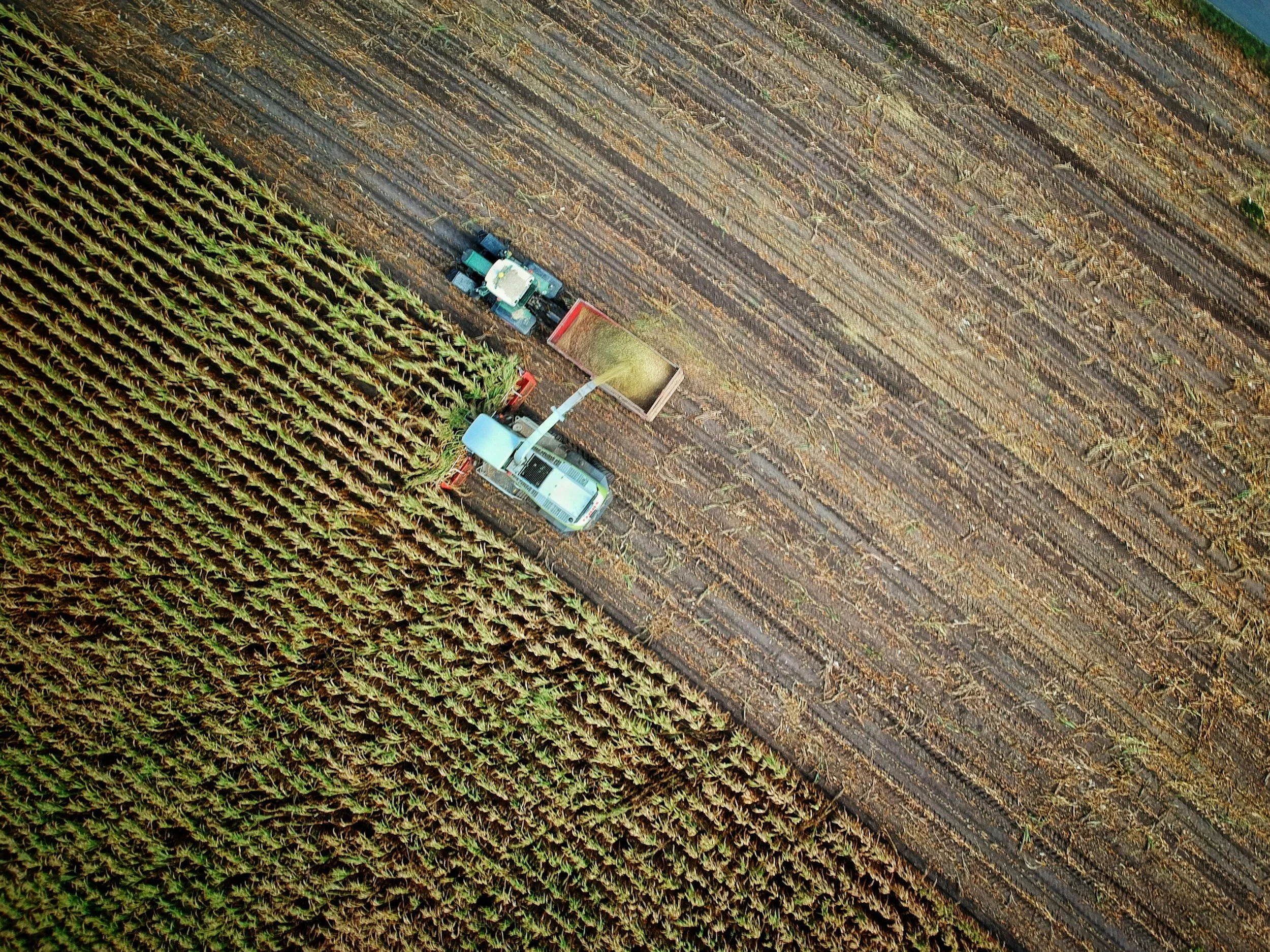How to Safely Transport Your Plants
/guest post by Tess Halpren
(image by Brina Blum on Unsplash )
There has been a ton of research to establish why plants have such a positive impact on the environment, and on our well-being. They add more than just aesthetics to a room. Some of their many other benefits include
Improved air quality
Improved humidity levels
Reduced stress and improved well-being
The ability to evoke a calmer, happier effect
Reduced negativity in the workplace and home
Ability to absorb noise
Help in saving energy
Aid in speeding up recovery from illnesses
Help in reduction of carbon dioxide levels
Based on these impressive benefits, it’s no surprise people hold their plants so dearly. And if you’re planning on moving or relocating in 2019, the thought of how to best transport your plants might have already came to mind. The Zebra created this helpful guide on how to effectively and safely transport your plants. It includes best practices, safety precautions, and helpful tips for before, during, and after your move.
Here’s the basic recap.
Before you move, it’s important to do your homework, and make sure your plants are allowed to move across state lines with you. It’s also best to uproot and replant them weeks before moving day into plastic, non-breakable pots. As always, think about temperatures and avoid leaving them in the car in harsh conditions. During your trip, make sure plants are secure by using shipping boxes to hold them up, or consider a built-in planter on wheels so it’s easier to move them into fresh air and sunlight. Things such as milk cartons, wine separators, and other types of boxes are helpful to keep your plants in place. Afterwards, allow your plants to get adjusted and provide them with fresh air, sunlight, and water (if needed) as soon as possible.
Check out the full infographic and detailed tips below!
Tess Halpren is a content creator who helped The Zebra create this infographic. She has a background in creative writing and a passion for the automotive/transportation industry.







































